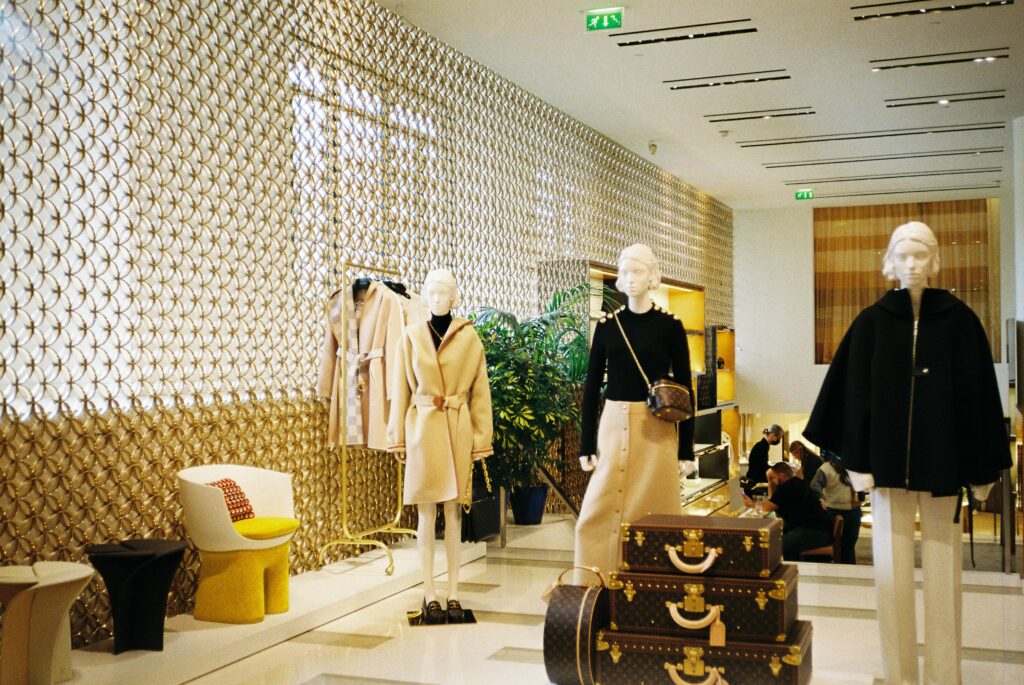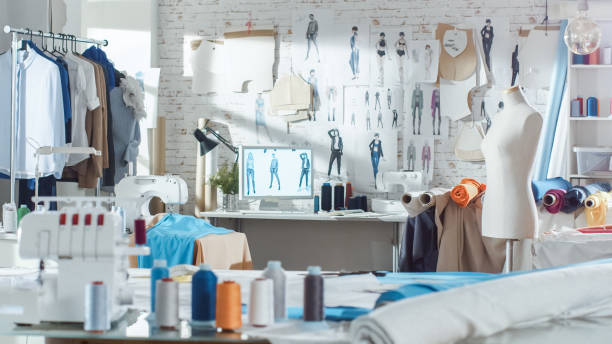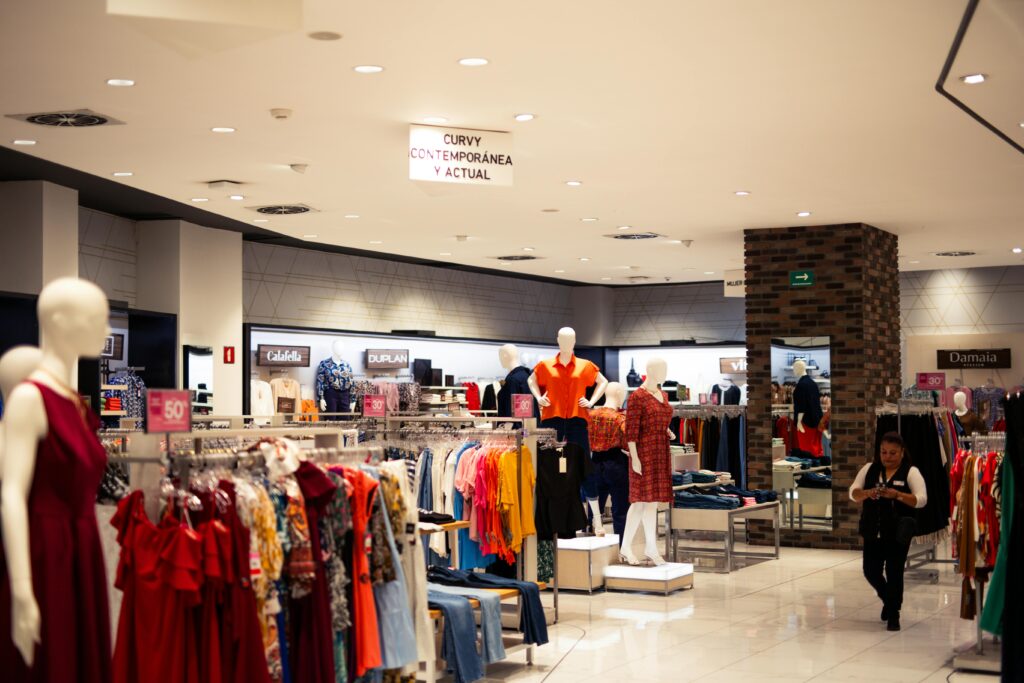Fashion is more than just clothing—it is a language of self-expression, identity, and culture. Throughout history, the way people dress has reflected their traditions, social values, creativity, and even emotions. In today’s fast-changing world, fashion has become a powerful industry that influences how we live, work, and connect with each other.

What is Fashion?
At its core, fashion is the art of styling and presenting oneself through clothing, footwear, accessories, hairstyles, and lifestyle choices. It is a form of non-verbal communication that tells the world who we are without saying a word.
Fashion is dynamic; it evolves with time, trends, and technology. What was stylish decades ago may resurface as a new trend today. From haute couture on runways to everyday streetwear, fashion covers a broad spectrum that caters to both individuality and global culture.
Simply put:
👉 Fashion = Style + Culture + Identity + Creativity
Why is Fashion Important?
1. A Tool for Self-Expression
Fashion is one of the most powerful forms of self-expression. Every outfit we wear—whether simple, bold, or traditional—communicates something about our personality, mood, and values. Unlike words, fashion speaks instantly and universally, allowing individuals to share who they are without saying a single word.
Through fashion, people can showcase their creativity, individuality, and confidence. For example:
- A person who enjoys vibrant colors and patterns may project energy, optimism, and boldness.
- Someone who prefers neutral, minimalist outfits might be expressing elegance, calmness, or sophistication.
- Streetwear enthusiasts often reflect modern culture, comfort, and freedom of movement.
Fashion also adapts to different stages of life and personal journeys. The way we dress can evolve as we grow, change careers, or experience new lifestyles. It becomes a visual diary of self-discovery, recording our transformations over time.
Moreover, fashion is inclusive—it allows people of all backgrounds, genders, and identities to embrace who they are. From breaking stereotypes to challenging societal norms, clothing choices can be a form of empowerment and a statement of individuality.
2. Cultural Identity & Heritage
Fashion is deeply connected to culture. Every society has unique clothing traditions that reflect its history, beliefs, and values. For instance, the saree in India, the kimono in Japan, or the kilt in Scotland are not just garments but symbols of cultural pride and heritage.
In a globalized world, fashion serves as a bridge between the past and present. Traditional designs are often reimagined with modern elements, creating fusion wear that celebrates both heritage and innovation. This blending keeps cultural identity alive while making it relevant to contemporary lifestyles.
Fashion also plays a role in cultural exchange. When people from different parts of the world adopt styles from other cultures, it promotes inclusivity, understanding, and appreciation of diversity.
3. Boosts Confidence & Empowerment
The way we dress has a direct impact on how we feel about ourselves. Fashion gives people the ability to project confidence, professionalism, and individuality. Wearing the right outfit can enhance self-esteem, create a positive first impression, and even improve performance in social or professional settings.
For many, fashion is not just about looking good—it is about feeling powerful. A sharp suit can instill authority, a comfortable outfit can provide ease, and a bold dress can make someone feel unstoppable.
Fashion also empowers communities. Movements like body positivity and gender-neutral fashion are reshaping the industry by encouraging people to embrace their bodies and identities without fear or judgment. In this way, fashion becomes a tool of empowerment not only for individuals but also for society.
4. Creativity & Innovation
Fashion is an art form that thrives on creativity. Designers, artisans, and brands constantly push boundaries by experimenting with fabrics, patterns, silhouettes, and technology. This spirit of innovation keeps fashion fresh, exciting, and dynamic.
Today, fashion goes beyond traditional craftsmanship. We see advancements such as:
- Sustainable fabrics like bamboo, hemp, and organic cotton.
- 3D printing in shoes and accessories.
- AI-powered fashion design and predictive trend forecasting.
- Digital fashion in the metaverse and gaming worlds.
This intersection of creativity and technology makes fashion a playground of imagination, proving that clothing is not just functional but also visionary.
5. Economic & Global Impact
Fashion is one of the most influential industries in the world, generating billions of dollars annually. It drives global trade, supports small artisans, and creates employment for millions of people—from textile workers and tailors to designers, marketers, and e-commerce specialists.
The fashion industry also fuels other sectors such as tourism, retail, advertising, and media. Fashion weeks in Paris, Milan, New York, and London attract global attention and generate significant economic activity.
With the rise of online shopping, the fashion market has become even more powerful. E-commerce platforms, influencer marketing, and digital branding have transformed fashion into a global force that connects consumers with styles across continents in just a few clicks.
6. Social & Environmental Influence
Fashion is more than aesthetics; it is a reflection of societal values. Clothing often communicates political, social, and environmental messages. For example:
- The rise of sustainable fashion shows society’s concern about climate change and ethical labor practices.
- Streetwear and protest fashion have been used to challenge norms and support movements.
- Eco-conscious brands promote recycling, upcycling, and responsible production.
However, fashion also comes with responsibility. The industry has faced criticism for issues like waste, pollution, and exploitation. This is why ethical and sustainable fashion is gaining momentum—encouraging consumers and brands alike to rethink how clothing is made, sold, and worn.
7. A Mirror of Change
Fashion evolves alongside society. Each era in history is defined by its clothing—from the regal gowns of royalty to the rebellious denim of the 20th century. What people wear reflects changing lifestyles, political climates, and technological progress.
For example:
- The 1920s flapper dresses symbolized women’s liberation.
- The 1960s brought colorful, experimental styles tied to youth culture.
- The 2000s saw minimalism replaced by bold Y2K fashion, which is now making a comeback.
Today, fashion is more inclusive, diverse, and adaptable than ever. It mirrors our values of equality, sustainability, and innovation, making it not just a trend but a powerful storyteller of human evolution.

Conclusion
Fashion is far more than the clothes we wear—it is a powerful blend of self-expression, culture, creativity, and influence. It empowers individuals to showcase their identity, connects communities through shared traditions, and continuously evolves to reflect the changing values of society. Beyond aesthetics, fashion fuels innovation, drives the global economy, and increasingly plays a role in promoting sustainability and ethical practices.
At its heart, fashion is a universal language. It speaks without words, celebrates individuality, and mirrors the times we live in. Whether through timeless classics, cultural attire, or bold new trends, fashion will always remain a vital part of human expression and progress.
👉 At StyleWithStar, we believe fashion is more than style—it is a journey of identity, culture, and confidence.

